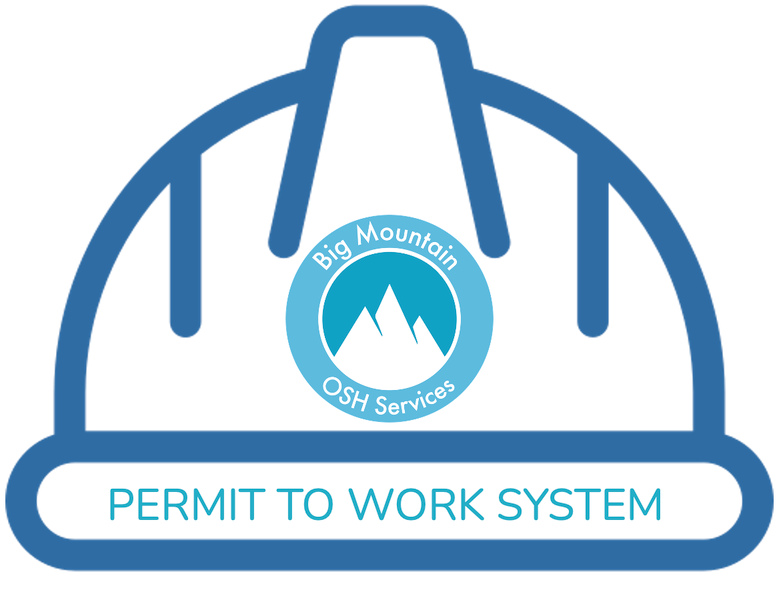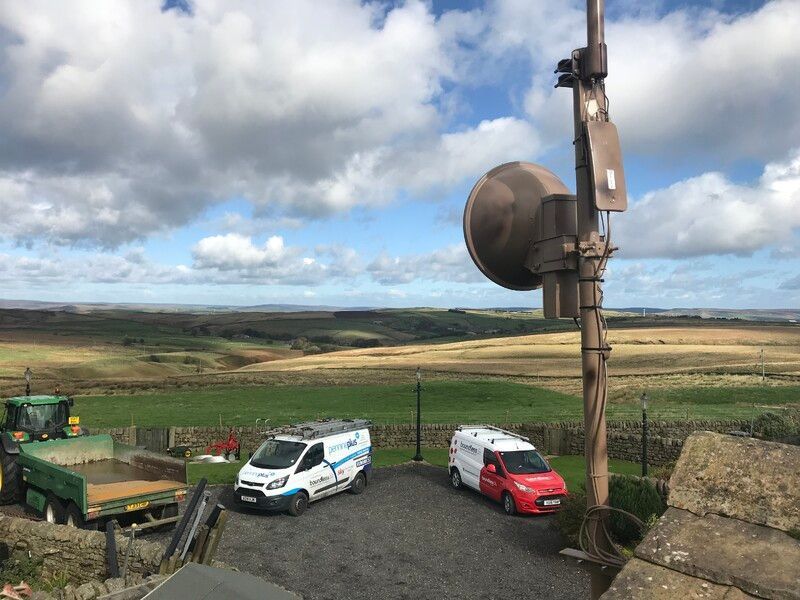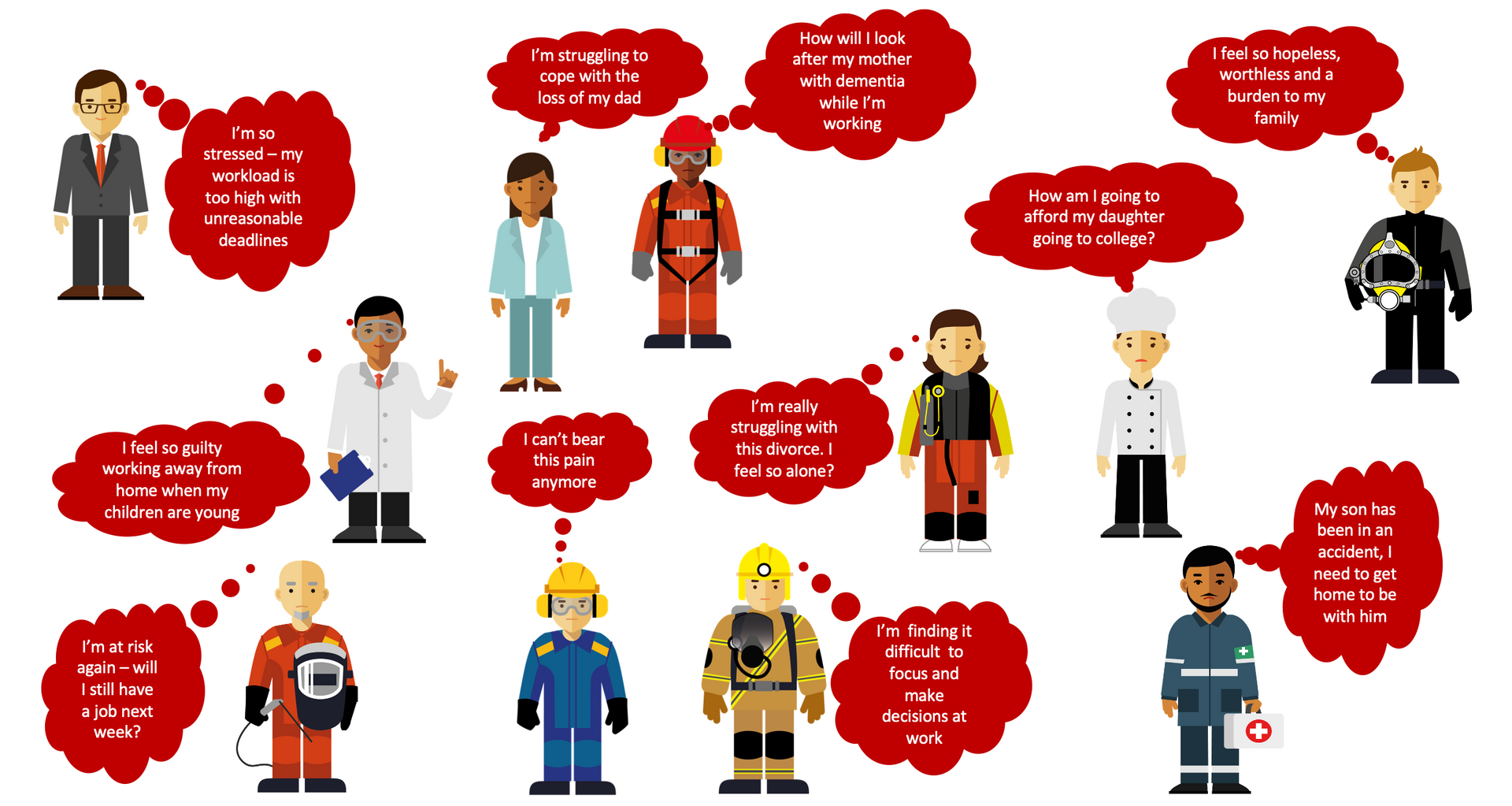The Importance of Permits to Work and the Role of Technology

In industrial settings, safety is paramount. Ensuring the well-being of employees and protecting the environment is a top priority. To achieve this, one crucial tool that organisations use is the "Permit to Work" system. In this article, we'll explore what a permit to work is, the hazardous situations that require its use, and how technology, particularly well-designed apps, can help streamline the permit-to-work process.
What is a Permit to Work?
A Permit to Work (PTW) is a formal written system used to control high-risk activities in various industries, including manufacturing, construction, and chemical processing. It is essentially a documented process that authorises specific work activities while ensuring that safety precautions are in place and adhered to throughout the work's duration. PTWs serve as a means to prevent accidents, injuries, and damage to the environment by systematically managing risks.
When are PTWs Necessary?
PTWs are typically required in hazardous situations where standard operating procedures are insufficient to guarantee safety. Some common scenarios that necessitate the use of a PTW include:
1. Hot Work: This involves activities like welding, cutting, or soldering, which generate heat, sparks, or flames, posing fire hazards.
2. Confined Space Entry: When workers need to enter confined spaces such as tanks, silos, or tunnels, where hazardous atmospheres, limited access, or engulfment risks exist.
3. Electrical Maintenance: When electrical systems need to be serviced, repaired, or modified, ensuring that power is safely disconnected.
4. Chemical Handling: Whenever dangerous chemicals are involved, especially during storage, transfer, or disposal.
5. Height Work: For tasks that require employees to work at elevated heights, like scaffolding or roof repairs.
6. Isolation of Energy Sources: Before servicing or maintaining machinery, it's crucial to isolate energy sources to prevent accidental startups.
How PTWs Work in Practice:
1. Request: An employee or contractor initiates the PTW process by submitting a request. This request details the work to be performed, its location, and the potential risks involved.
2. Review and Approval: Safety professionals or designated personnel review the request, assess the risks, and ensure that all necessary safety measures are in place.
3. Issuance: Once approved, a PTW is issued, specifying the work's scope, precautions, and any required personal protective equipment (PPE).
4. Work Execution: Workers can only commence the task after they have been briefed on the PTW and received the necessary training and PPE. They must adhere to the specified safety procedures.
5. Monitoring and Compliance: Supervisors or safety officers oversee the work to ensure that the PTW is being followed correctly.
6. Closure: Once the work is completed and no further hazards exist, the PTW is closed, and the area is returned to a safe condition.
The Role of Technology:
In the modern age, technology plays a pivotal role in enhancing safety procedures. Specifically, well-designed apps can revolutionise the management of PTWs:
1. Digital Requests: Apps allow employees to submit PTW requests electronically, streamlining the initiation process.
2. Automated Approvals: Automated workflows can expedite the review and approval process, ensuring that all safety checks are conducted efficiently.
3. Real-time Tracking: Apps provide real-time updates on the status of PTWs, helping workers stay informed.
4. Documentation: All PTWs and associated documents can be stored digitally, ensuring easy access for audits and compliance checks.
5. Notifications: Automated reminders can help ensure that PTWs are not forgotten or overlooked, reducing the risk of unauthorized work.
6. Reporting and Analysis: Apps can generate detailed reports on PTW activities, offering valuable insights for continuous safety improvement.
In conclusion, Permit to Work systems are indispensable tools for managing hazardous work activities. Leveraging well-designed apps can make the entire process more efficient, transparent, and secure, ultimately contributing to a safer workplace and the protection of both employees and the environment. Embracing technology in safety management is a step forward in ensuring a more secure future for industries where risk is an inherent part of daily operations.
#bigmountainconsultancy can help you with your permit to work system and provide a digital solution for your organisation. To find out more please complete the form link that follows. All initial meetings are free and without obligaiton. Please contact me










